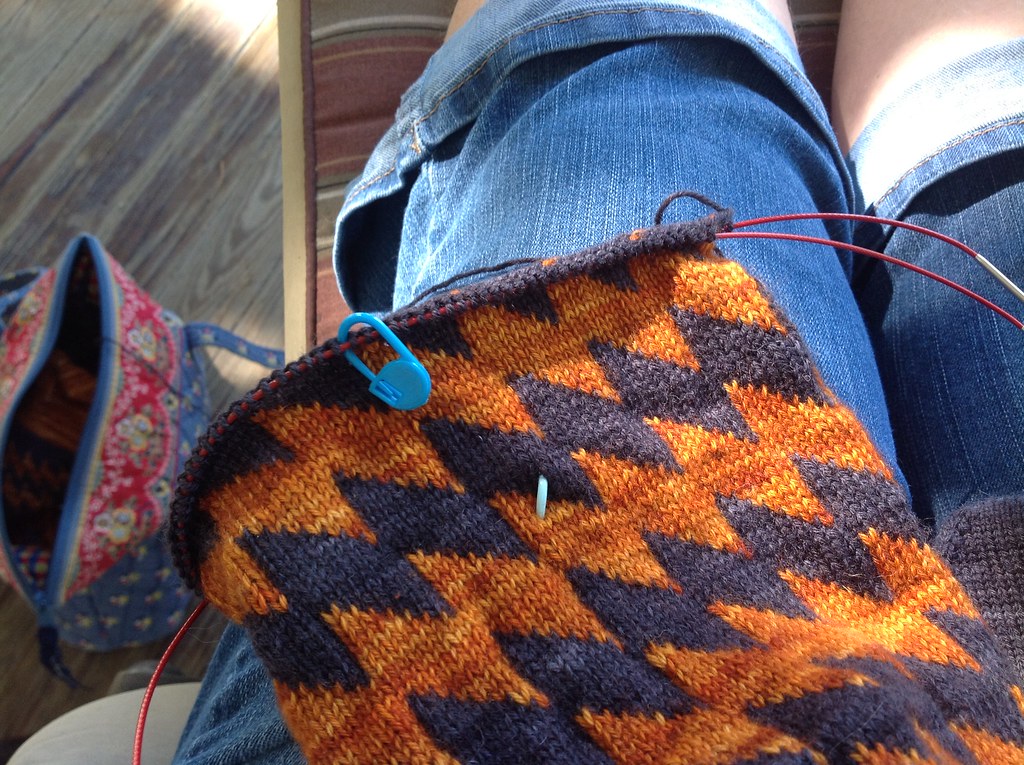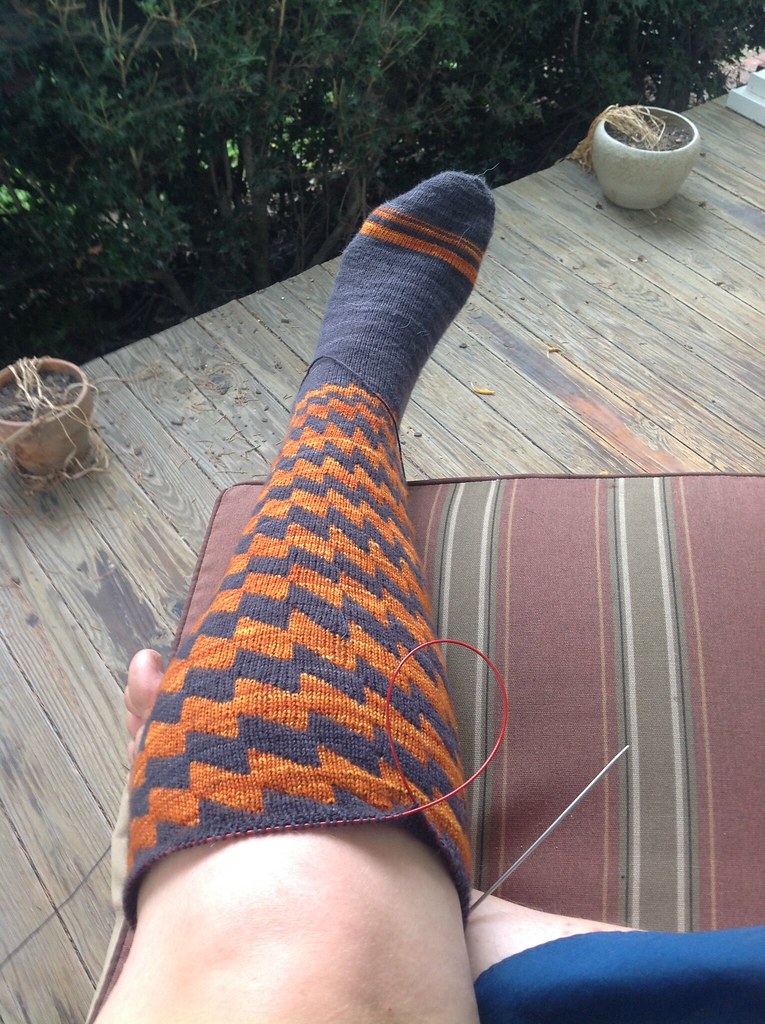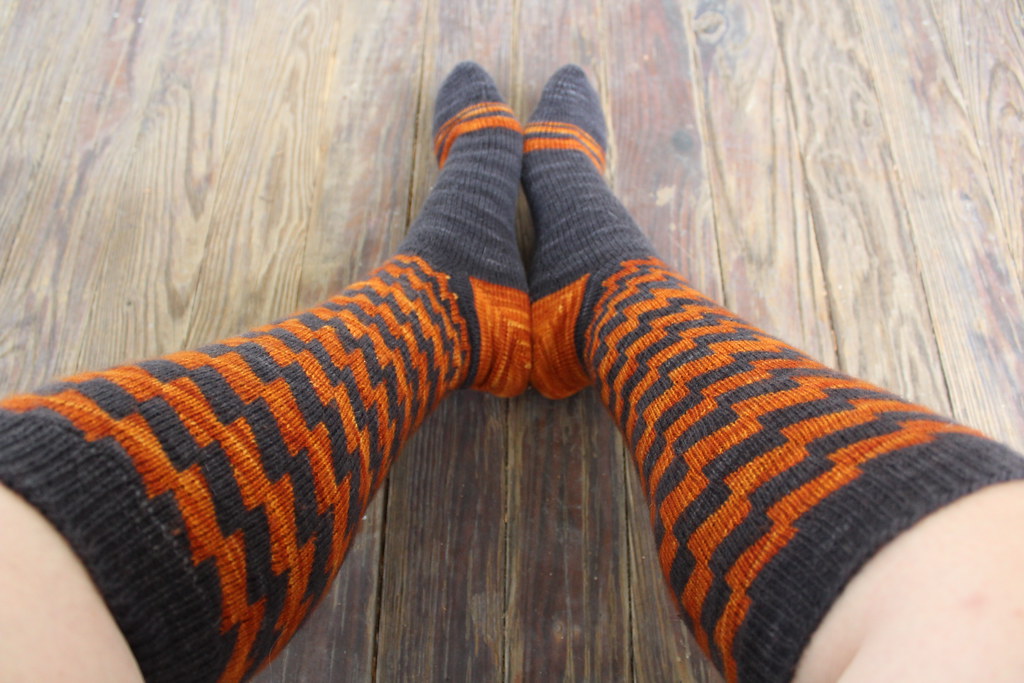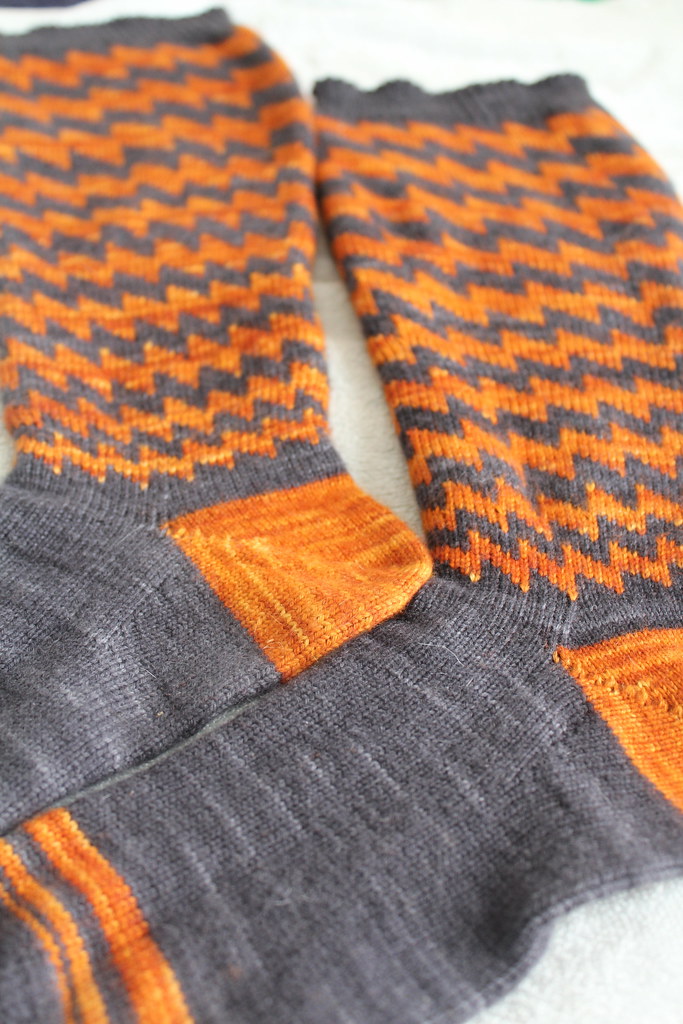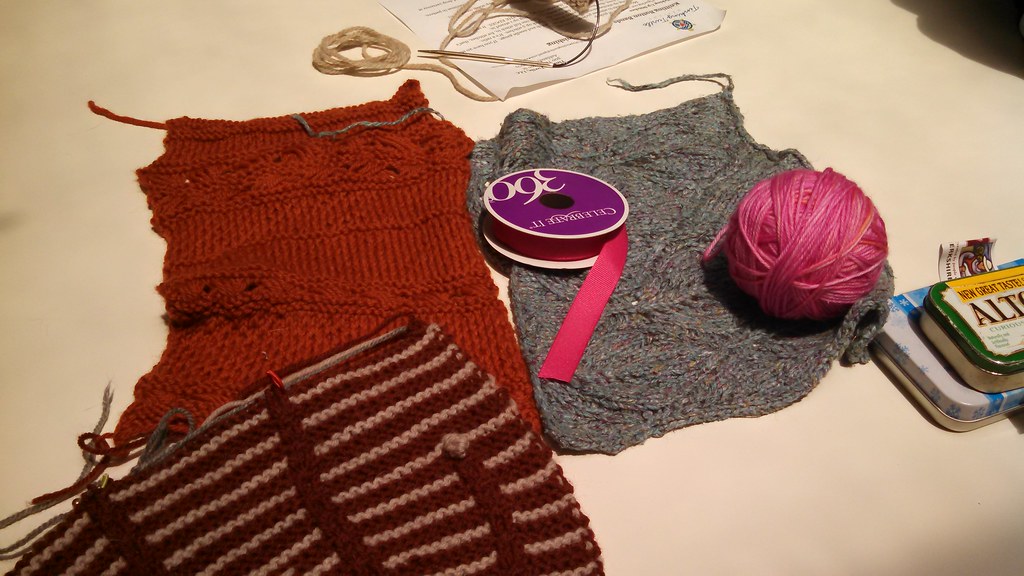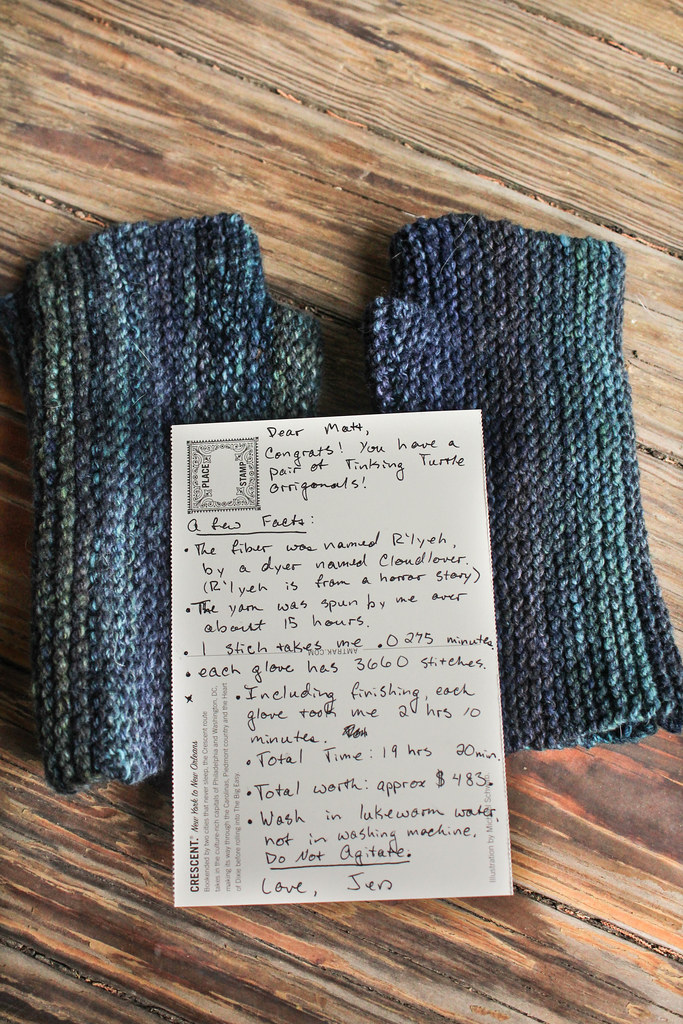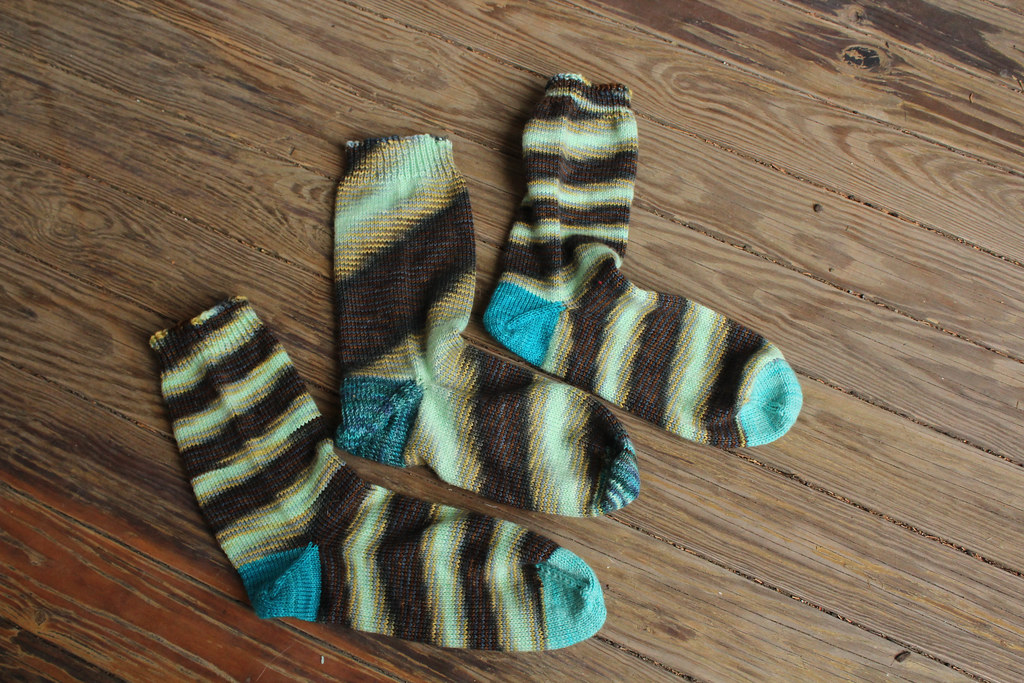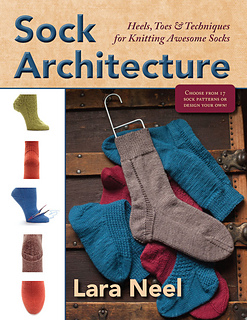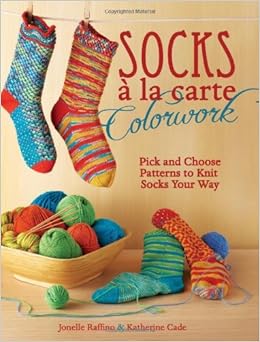It seems like socks keep popping up in my life lately: specifically my favorite type – wool ones. So I have two sock stories for you today.
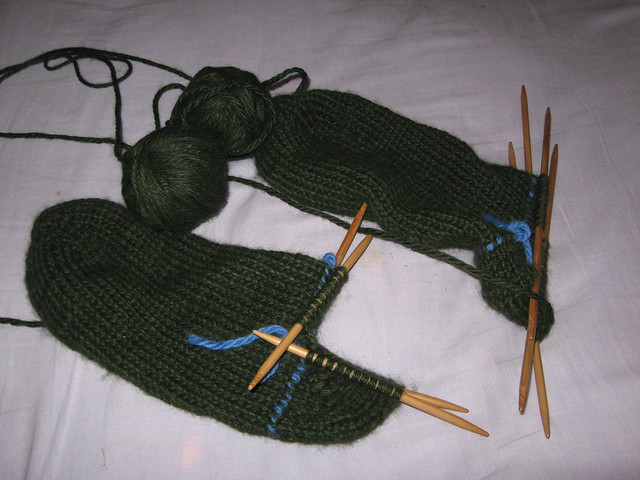
My 2008 boyfriend socks – the only picture I have of them.
Back in 2008, when Mr. Turtle and I were first dating (and probably a little bit before then), I made him a pair of socks. These were meant to be a luxury pair of socks, something simply so wonderful it would charm and wow him for years to come. At the time we were both working at summer camps on nearly opposite ends of the country. He was at Philmont in New Mexico, I was at Chimney Corners Camp, in Western Mass.
In the mountains of New Mexico, nights (even in the summer) can get quite cold. I made the socks out of thick and sturdy Bulky Alpaca (called Lavish) in a masculine forest green. And then I sent them off to Michael, with strict instructions to ONLY hand-wash these socks, and never, ever, never put them in the washer or dryer.
Now you think you’d know where this story is going, and you’d be wrong. Michael was most dutiful, wore them for several nights and discovered how warm they were. Hand washed them in the sink and hung them on a line to dry. Basically, he was being a trooper with my gift.
And then he decided that they’d be perfect for a long hike he was going to take on one of his extended time-off periods. Unfortunately, neither of us was experienced enough to think about the conditions of a hiking boot in relation to wool. You see, wool felts and shrinks in the presence of three essential things: heat, water, and agitation. (You can actually get felting with two of the elements, but the sweet spot is all three). Neither of us stopped to think about how hot, how sweaty, and how much friction is inside of a hiking boot.
He was barely able to pry the socks off his feet when the hike was done. And when they finished drying, he found there was no elasticity in them: they had permanently shrunk. He wrote me with chagrin – Michael felt terrible. And I, reading the letter, smacked myself on the head – of course alpaca, which is even more prone to felting than wool, would make a terrible option for hiking socks.
Fast forward 8 years, and as we’re packing up to move in a few weeks, out comes a pair of socks I’ve never had the opportunity to see in person, after the incident. I wasn’t even aware that Micahel saved the socks. So here, in their much smaller glory, is a pair of felted slippers that won’t even fit me. They’re about as elastic as a block of concrete and less comfortable. Still, they do bring back memories!
My second story also involves socks, although this part is more of an endorsement. As I’ve mentioned before: I love wool socks. They’re what I wear about 80% of the year, when I’m not sporting bare feet.
And every year, like Dumbledore, I ask for wool socks for Christmas. I almost never get them, even though they end up being the things I probably use the most. Except for three years ago, when my brother-in-law got me two pairs of Darn Tough Socks.
If you’ve never heard of these socks, it’s okay, you’re not alone. I didn’t know about them until that Christmas. Turns out Darn Tough is a Vermont-based company focused on keeping as much of their process local. They make the best and sturdiest socks I’ve ever worn. Including my hand-knit socks.
It’s pretty typical about 2 years into things I have my first thin spots on my handknit socks. Which is OK: I repair them and then they can keep going. (My oldest pair is going on 8 years, made the same year as Michael’s infamous failed pair of socks.)
My darn tough socks wore out about a month ago, after three years. There was a very small hole in one sock, and the other was going thin.
Now, I will admit, Darn Tough Socks are pricey – they cost about the same as a nice skein of sock yarn. But this is the thing: Darn Tough has a lifetime guarantee. You wear the socks out, and they will replace them for you. All you have to do is ship them back.
So I did. And yesterday, I got a new pair back.
Seriously, if you’re looking into really good socks – hiking or normal, Darn Tough has so many options. There are different heights to the cuff, different amounts of cushion and thickness, and so many different sizes.
I’m wearing a pair right now.






